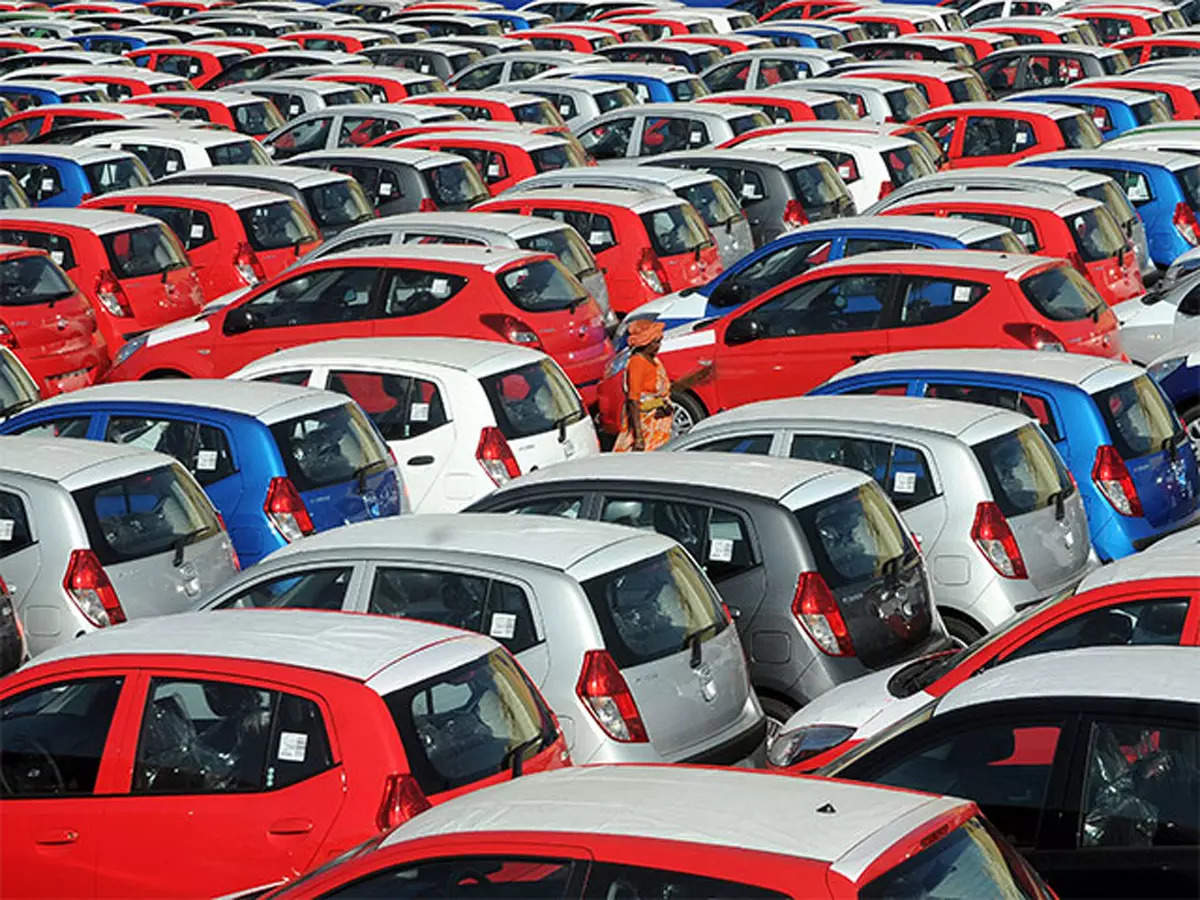
Sales of passenger cars in India are set to cross the two-million mark in the first half of the calendar year for the first time, buttressed by incremental volumes from newly introduced models, shows an analysis of historical sales data by ETIG.
Half-yearly car dispatch volumes in Asia’s third-largest economy are equivalent to the full-year sales in countries such as Mexico, Australia, and Indonesia.
Shashank Srivastava, senior executive officer, marketing and sales, Maruti Suzuki India, expects the June car sales to be around 325,000 to 328,000 units. This would mean a growth of 2.5% YoY over last year’s volume of 321,000.
“We expect the industry to end the June quarter at around 996,000 units. The fourth quarter of FY23 saw dispatches of 1,017,000 units,” said Srivastava. “Both combined means the industry would breach the 2 million-mark in the first half (January to June) of any year for the first time.”
India’s passenger car market is slated to expand 10% YoY in the first half of 2023, making it the third consecutive six-month period in which sales are estimated to climb in double digits. Domestic car sales expanded 16% in the first half of Calendar Year 2022 and 30% in the second half.
Only China, US Ahead?
If the pace of growth in dispatches sustains through the second half, India could become the third-largest car market in the world in 2023.
Domestic passenger car sales are expected to touch 6-7 million units by 2030, internal estimates by the leading car makers showed.
“The industry outlook remains positive in the long term. But (growth) is likely to be lower than 10% in the second half due to the high base of last year,” said Hardeep Singh Brar, national head – sales and marketing, Kia India.
” It will also depend a lot on the customer response to multiple planned launches which are happening till the festival period.”
Atul Sood, vice president of sales and strategic marketing at Toyota Kirloskar, said strong demand has sustained across the country with an evident surge in rural markets. “We also see aggressive penetration efforts by carmakers. Multiple launches across new segments is fuelling the demand,” he said.
It took more than 12 years for India’s car market to double its sales volumes and reach the current levels. It took merely five years to reach a milestone of 1 million in June 2010. But speed bumps in the form of sharp price increases on the back of new regulations and Covid-19 related disruptions and mobility curbs caused volume slippages.
Car sales (in unit terms) in India grew by a modest 4.18% in the last decade, trailing the pace of GDP growth. Still, India’s car penetration was less than 35 per thousand, which is less than half the average for emerging markets.
For the first time ever, in all months of the calendar year 2023, car dispatches are likely to be in excess of 300,000 units.
Muted Mass Market
However, Puneet Gupta, director S&P Global Automotive, cautioned that “it’s not the time to get carried away,” alluding to the stockpiling of models in the sub-Rs 10 lakh segment.
“It’s soon going to be a buyers’ market. With easy availability and tepid demand, we see consumer schemes gradually making a comeback for such models,” he said.
Demand for the newly launched models at Maruti has remained strong, boosting bookings by 8% in June, Srivastava said. However, he pointed out that the inventory of slow-moving models has increased for the industry.
Maruti has been able to rein it in because of its maintenance shutdown in the current month. It expects retail for the current month to be higher than wholesale.
“Our network stock on June 1 was 127,000 units. It’s likely to be lower by the month-end,” he said.















